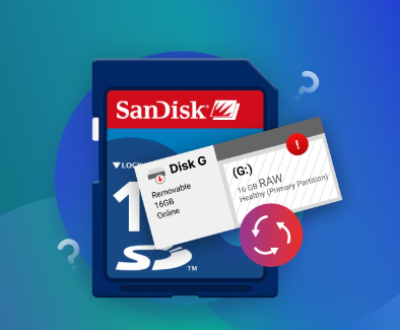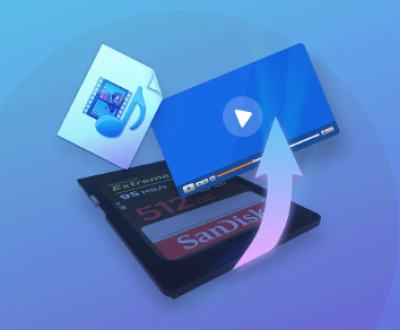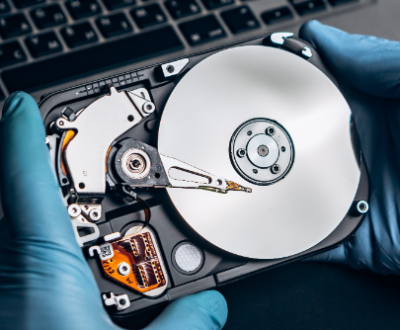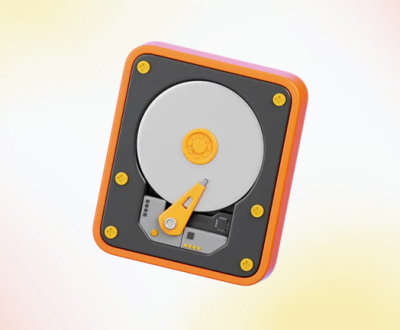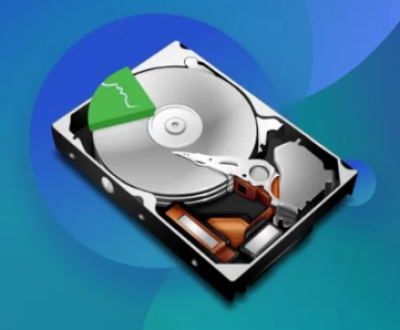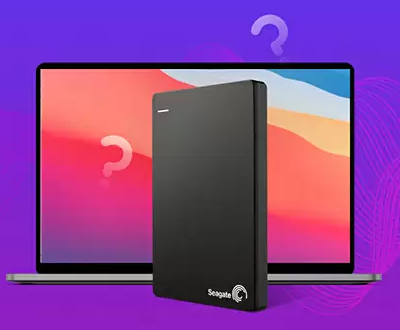An SD (Secure Digital) card is a non-volatile storage device that uses flash memory to store data. They are commonly used in devices like cameras, smartphones, tablets, and other portable devices due to their small size and high capacity. SD cards come in various formats, including SD, SDHC (Secure Digital High Capacity), and SDXC (Secure Digital eXtended Capacity), each supporting different storage capacities and file system formats.
Common Problems with SD Cards
Before delving into repair methods, it’s essential to understand the types of issues that SD cards can encounter:
Corrupted SD Cards: Corruption can happen due to improper ejection of the card, power loss during data transfer, or virus/malware infections.
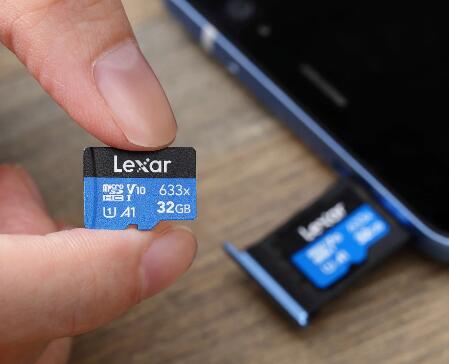
Physical Damage: SD cards are small and fragile, making them prone to damage from bending, moisture, or impact.
Unreadable SD Cards: If an SD card is not being recognized by a device, it could be due to a corrupted file system or hardware failure.
Damaged File System: This could occur after the card has been removed from a device without safely ejecting it or due to software malfunctions.
SD Card Errors: Errors like “SD Card Not Formatted,” “The card is write-protected,” or “Card is Full” can pop up and prevent proper use of the SD card.
Software Solutions to Repair SD Memory Cards
1. Check and Repair the File System Using CHKDSK (Windows)
One of the first things you should do when you encounter an issue with an SD card is to check and repair the file system. Windows has a built-in tool called CHKDSK (Check Disk) that can scan and fix file system errors on the SD card.
Steps:
Insert your SD card into the card reader and plug it into your PC.
Open “This PC” and locate the SD card.
Right-click on the SD card and select “Properties.”
Go to the “Tools” tab and click “Check” under the Error-checking section.
Follow the on-screen instructions to allow Windows to scan and repair the SD card.
Note: CHKDSK will fix file system errors but will not recover lost data. For data recovery, other methods may be required.
2. Format the SD Card (Data Loss Warning)
If your SD card is still unreadable, formatting the card might be necessary. Formatting will erase all data on the card, so it’s crucial to back up your files beforehand.
Steps:
Insert the SD card into your computer or a card reader.
Go to “This PC” and locate the SD card.
Right-click on the SD card and select “Format.”
Choose the file system (FAT32 for cards under 32GB, exFAT for cards larger than 32GB).
Click “Start” to format the SD card.
Formatting can often resolve corruption and file system issues, but it should be used as a last resort if no other solution works.
3. Use Data Recovery Software
Panda Assistant is a versatile and user-friendly software designed to assist with data recovery and file management. Whether you’re dealing with accidental file deletion, system crashes, or corrupted data, Panda Assistant provides a range of features that make data recovery more accessible and efficient. With a straightforward interface, it caters to both novice users and advanced professionals.
One of the standout features of Panda Assistant is its robust data recovery capabilities. It supports the recovery of a wide variety of file types, including documents, images, videos, and emails. Whether you’re trying to recover lost files from a hard drive, SSD, USB drive, SD card, or even a cloud storage service, Panda Assistant makes the process easier. The software can also help retrieve data from formatted drives or partitions, making it a valuable tool for anyone who has accidentally erased or lost important files.
4. Fix SD Card Write Protection
Some SD cards come with a physical write protection switch on the side. If this switch is in the “lock” position, the SD card will be write-protected, meaning you cannot modify or delete data on it.
Steps:
Check the side of the SD card for a small switch.
If the switch is in the “locked” position, slide it to the “unlocked” position.
Try writing or formatting the SD card again.
If the SD card does not have a physical switch, you can disable write protection through the Windows Registry.
Steps to disable write protection (Windows Registry):
Press “Win + R” to open the Run dialog box.
Type regedit and hit Enter to open the Windows Registry Editor.
Navigate to HKEY_LOCAL_MACHINE\SYSTEM\CurrentControlSet\Control\StorageDevicePolicies.
If the “StorageDevicePolicies” folder doesn’t exist, right-click on “Control” and create a new key called “StorageDevicePolicies.”
Inside “StorageDevicePolicies,” create a new DWORD (32-bit) value named WriteProtect and set its value to 0.
Close the Registry Editor and restart your computer.
After this, the SD card should be writeable again.
Hardware Solutions for Repairing SD Memory Cards
If software solutions fail, it may be time to consider hardware-based repairs. However, these methods are often more complex and may require professional assistance. Below are some options to explore.
1. Physical Repair of SD Cards
If the SD card has physical damage, such as bent or broken pins, you might attempt to repair it, although success is not guaranteed.
Steps:
Examine the SD card for visible damage, such as broken corners, bent pins, or cracks.
Gently straighten bent pins with a pair of tweezers. Be very careful, as these pins are delicate.
Clean the contacts using a soft cloth and a small amount of isopropyl alcohol to remove dirt or debris.
Use a different card reader to check if the issue lies with the card reader rather than the SD card itself.
If the damage is severe or beyond repair, professional data recovery services may be necessary.
2. Use an External SD Card Reader
Sometimes, the issue may lie with the device’s SD card reader, not the card itself. Using a different or external card reader can help determine if the card is still functional. Test your SD card in another computer or card reader to rule out the reader as the issue.
3. Try the Card in Another Device
If your SD card isn’t recognized by your computer, try inserting it into a different device, such as a camera, smartphone, or tablet. Some devices may be more forgiving of file system issues or corrupted cards and may allow you to access the files.
4. Professional Data Recovery Services
If your SD card has suffered significant physical or logical damage, a professional data recovery service may be your best option. These services can repair and retrieve data from severely damaged SD cards. Companies like DriveSavers, Ontrack, and Secure Data Recovery offer these services but can be expensive, depending on the severity of the damage.
Preventative Measures to Protect SD Cards
While SD cards are generally reliable, taking steps to prevent damage and corruption can extend their lifespan and minimize the likelihood of needing repairs. Consider the following:
Always Safely Eject the SD Card: Avoid removing the card from a device without first unmounting or ejecting it. This prevents file system corruption.
Store SD Cards Properly: Store your SD cards in a protective case to prevent physical damage from impacts, moisture, or static electricity.
Regular Backups: Regularly back up your data to another storage device or cloud service to avoid data loss in case of SD card failure.
Avoid Overwriting Data: If you accidentally delete data, avoid writing new data to the SD card. This increases the chance of successful data recovery.
Use High-Quality SD Cards: Invest in reputable brands such as SanDisk, Kingston, and Lexar. These brands are known for their reliability and better manufacturing standards.
About us and this blog
Panda Assistant is built on the latest data recovery algorithms, ensuring that no file is too damaged, too lost, or too corrupted to be recovered.
Request a free quote
We believe that data recovery shouldn’t be a daunting task. That’s why we’ve designed Panda Assistant to be as easy to use as it is powerful. With a few clicks, you can initiate a scan, preview recoverable files, and restore your data all within a matter of minutes.
Subscribe to our newsletter!
More from our blog
See all postsRecent Posts
- How to recover deleted files in sd memory card 2025-07-15
- How to recover lost photos from sd card 2025-07-15
- How do you recover deleted files from sd card 2025-07-15

 Try lt Free
Try lt Free Recovery success rate of up to
Recovery success rate of up to

